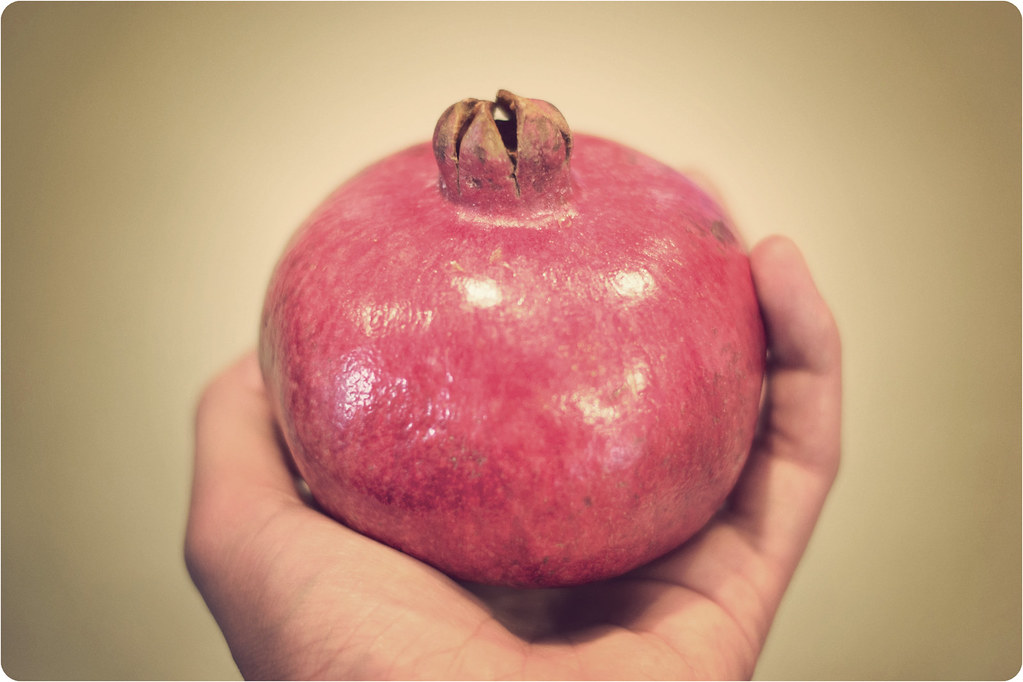I’ve loved pomegranates ever since I first had them in third grade. The bright red seeds are not only beautiful and offer numerous health benefits, but they are very delicious and can be used in many ways such as in alcoholic beverages. However, it seems that every time I open a pomegranate, I never know what to expect. The seeds inside are either white, red, purple or a mix of those colors.
Supposedly, pomegranates are only picked when they are ripe, but as a frequent buyer of pomegranates, this is utterly false. After years of randomly picking pomegranates and simply wishing the one I selected was ripe, I finally learned how to tell if a pomegranate is ripe. And it’s pretty simple. All you have to do is look for these certain signs.
The Season

Late summer to early winter is the prime time to buy a pomegranate because they’re in season for North America, so you’re more likely to get a ripe pomegranate during this time. During the off season, pomegranates are imported from countries like Chile and Peru.
Shape and Color

Although many fruits are picked for their roundness, round pomegranates should be avoided. Pomegranates with sides that are slightly flat are riper because the ripe seeds inside exert pressure, causing the pomegranate sides to flatten. The color of a ripe pomegranate should range from medium red to dark red. There should be no sign of green.
Weight

A ripe pomegranates should be heavy because it is filled with seeds containing a lot of juice. Pomegranates that are lightweight usually contain white seeds.
Next time you’re looking at a selection of pomegranates, consider the season, shape, color and weight of it. After picking a ripe pomegranate, the only thing left to do is de-seed it and enjoy your delicious pomegranate.

